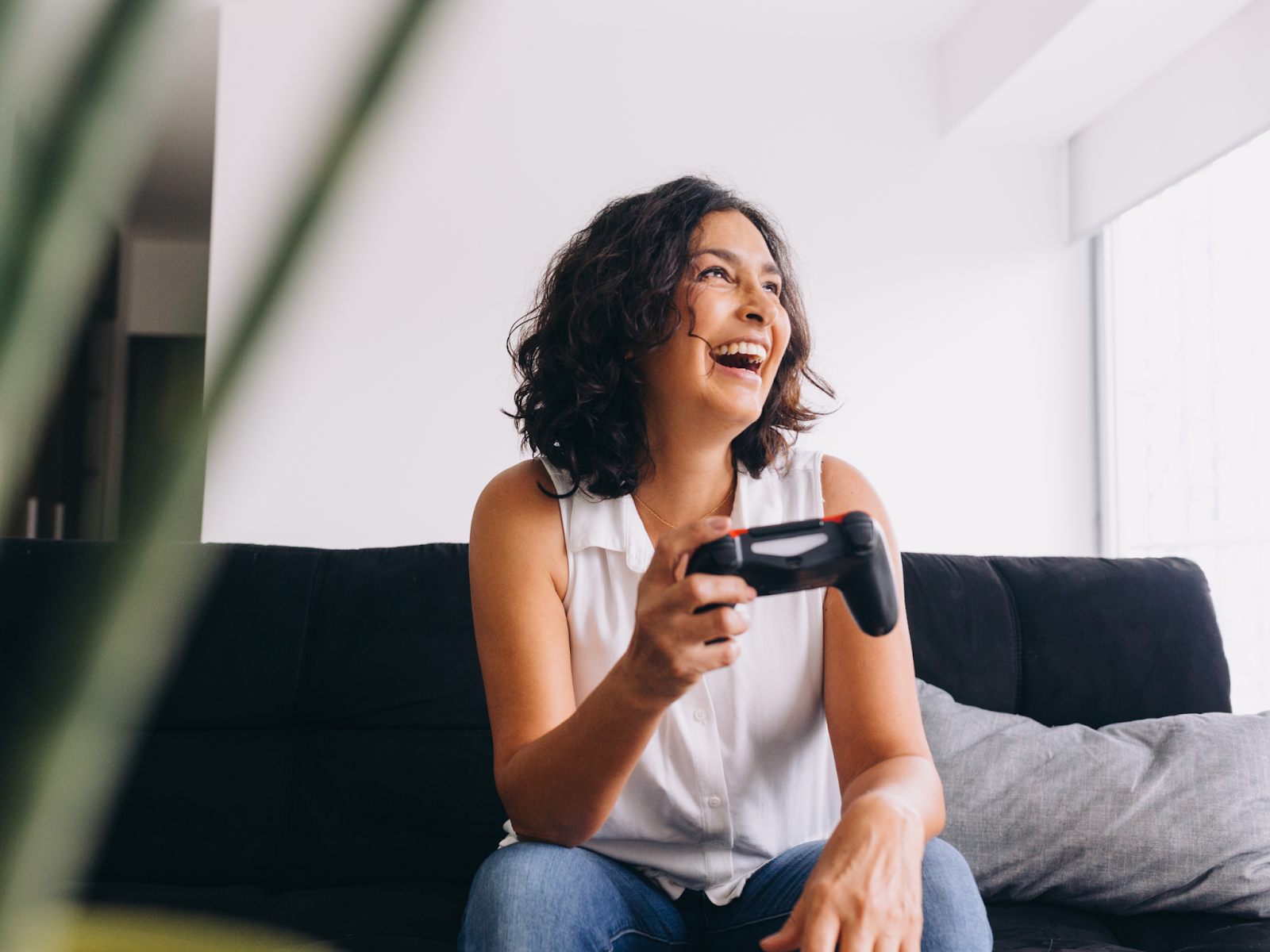Exercise is about more than physical health. Being active can support emotional, social, and mental well-being, too. While some people might have special sensory needs to consider, there are lots of fun exercises for autistic adults to support their overall wellness and contribute to a healthy lifestyle.
The Importance of Exercise for Autistic Adults
There are many perks of physical exercise, but for people on the spectrum, there may be some added benefits. Evidence suggests that physical movement helps offset or lessen challenging behaviors. It provides a healthy outlet for energy and a way to improve motor skills.
Popular ways of working out may not always be accessible exercises for autistic adults—gyms can be noisy and crowded, team sports come with a lot of social pressure, etc. But that doesn’t mean you can’t get active in a way that feels good.
Our 5 Favorite Fun Exercises for Autistic Adults
Exercise doesn’t have to be a chore. Try some different things to see what suits you and feels right. A good exercise program should include movements that challenge your mind and body, not overwhelm you.
Here are some ways to get moving while considering your sensory needs:
1. Dancing
Dancing is more than a way to move with music. It can also be a fun form of exercise shown to relieve stress, improve cardio, and even increase self-confidence.
How to Do It:
- Join a class
- Follow along with a YouTube tutorial
- Try a dance video game like Just Dance
2. Swimming
Swimming is a low-impact, highly beneficial activity. It’s considered one of the best exercises for autistic adults because it is gentle on the body while providing both cardiovascular and muscle-building benefits.
How to Do It:
- Check out your local community pool or YMCA
- Sign up for adult swim lessons. Even if you already know the basics, having an instructor or coach provide guidance can be very helpful.
- Join a swimming club
3. Yoga
Yoga is a popular exercise style that involves both the mind and body. Through a series of poses and movements, it can improve flexibility, strength, and balance. Most poses can be modified to suit any ability level, and since all you need is your body and some space, you can practice almost anywhere.
How to Do It:
- Follow a video tutorial
- Join a yoga class at a nearby studio, gym, or community center
- Look for inclusive classes/instructors
4. Tai Chi
Tai Chi is a style of martial arts that involves slow, mindful movements. It is a physical practice that incorporates elements of meditation and breathwork. It can be a great option for people who need a quieter, calmer form of movement, and it is a great opportunity to strengthen the mind and body connection.
How to Do It:
- Get started at home with online tutorials
- Join a local class or club
5. Sensory or Therapy Ball Exercises
Therapy balls are commonly used as a tool for people with sensory processing challenges, making them a great exercise option for autistic adults as well! Balancing, bouncing, and other movements with the ball can help strengthen the core and improve posture, all while providing stimulating sensory input.
How to Do It:
- Find a comfortable space to practice
- Try different movements to see what feels good
- Watch a video for some inspiration
Learn More About Supporting Autistic Adults
Regular exercise is an important part of a healthy lifestyle. If you want to learn more about getting active and staying healthy, check out some of our fitness tips for autistic adults.
NeuroNav is dedicated to providing accurate information, insightful resources, and helpful guidance for those living with disabilities. If you live in California, you may be eligible for the Self-Determination Program (SDP).
Whether you are new to SDP or already enrolled, NeuroNav’s independent facilitation services can help you get the services and tools you need to live a healthy, happy life.
Book a consultation today to see how NeuroNav can support your goals.




